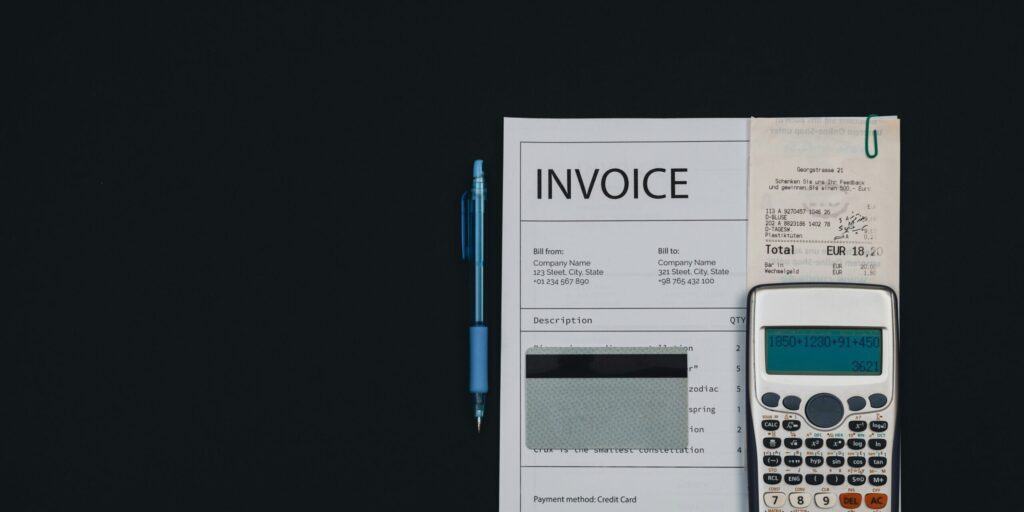Projective techniques
Projective techniques continue to do a great job at getting deeper into consumers’ minds and motivations. In this article I discuss two techniques and invite you to a 45-minute online workshop where we will walk through five techniques that work well online and in person.
It’s been more than 30 years since Catherine Murray first put me in front of consumers to moderate focus groups. Catherine was a keen observer of human behaviour, and she instilled her insights and methods into her team by having us learn while doing. Among the many techniques she taught us were two lines of projective questioning that aim to dig deeper into why people feel or behave in certain ways. These two approaches can also then be quantified using survey or experimental design research (e.g., A/B testing).
Technique 1: Top-of-mind association
How it works
Present participants with a stimulus, e.g., a phrase, brand, or picture, and ask them to immediately respond (time it!) with the first word or phrase that comes to mind.
How it works online and in person: Using the polling function in Zoom, Recollective, or other platforms, participants can respond immediately, and their answers are hidden from others until the moderator shows the results. Similarly, participants in person can write down their answers first and then share them aloud. Pro hint: it’s important to do one warm-up, and stress speed more than the value of the response.
Why this works
When done well, this technique takes away the desire to have the right answer or socially desirable answer, and instead sheds light on underlying perceptions and emotions tied to the stimulus – which might not come to light with more direct questioning. Pro hint: Also use direct questioning. Unpacking the “why of the why” is often where the gold is found.
Technique 2: Story completion
How it works
Present participants with a story and three ellipses … for them to complete – e.g., “The man walked into Sephora so that…” or “She was wondering where to get yoga pants. ‘Walmart’ popped into her head, and then….”
How it works online and in person: Using the polling function in Zoom, Recollective, or other platforms, participants can respond immediately, and they can’t see one another’s answers until the moderator reveals them. Participants in person can write down their answers and then share them aloud. Pro hint: It’s important to do one unrelated warm-up and stress speed or creativity.
Why this works
Like word association, this technique redirects people from looking for the right answer, or the socially desirable answer, and instead captures the underlying perceptions and emotions the stimulus provokes. Pro hint: The follow-up on these sentence completions is often priceless!
Use case
Working with a popular live TV show production team, we were asked to uncover one or two key insights that could be used in advertising to attract more viewers.
- Positive drivers: To encourage more eyeballs, we asked show loyalists and aware/non-viewers to learn what their reflexes (top of mind) were about the show. We then worked with non-viewers to understand which loyalist reflex most motivated non-viewers to tune in.
- Removing barriers: To remove barriers, the story completion task worked really well at understanding what beliefs were holding these non-viewers back, and what they would need to hear or believe to reconsider



